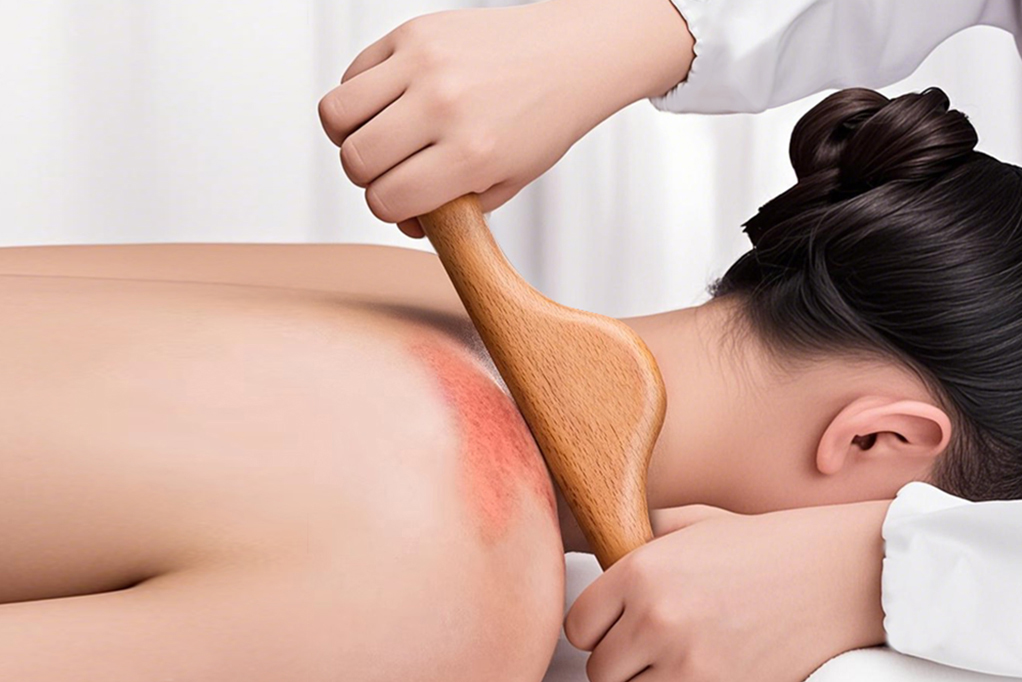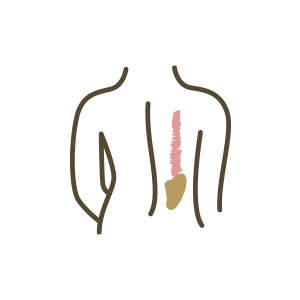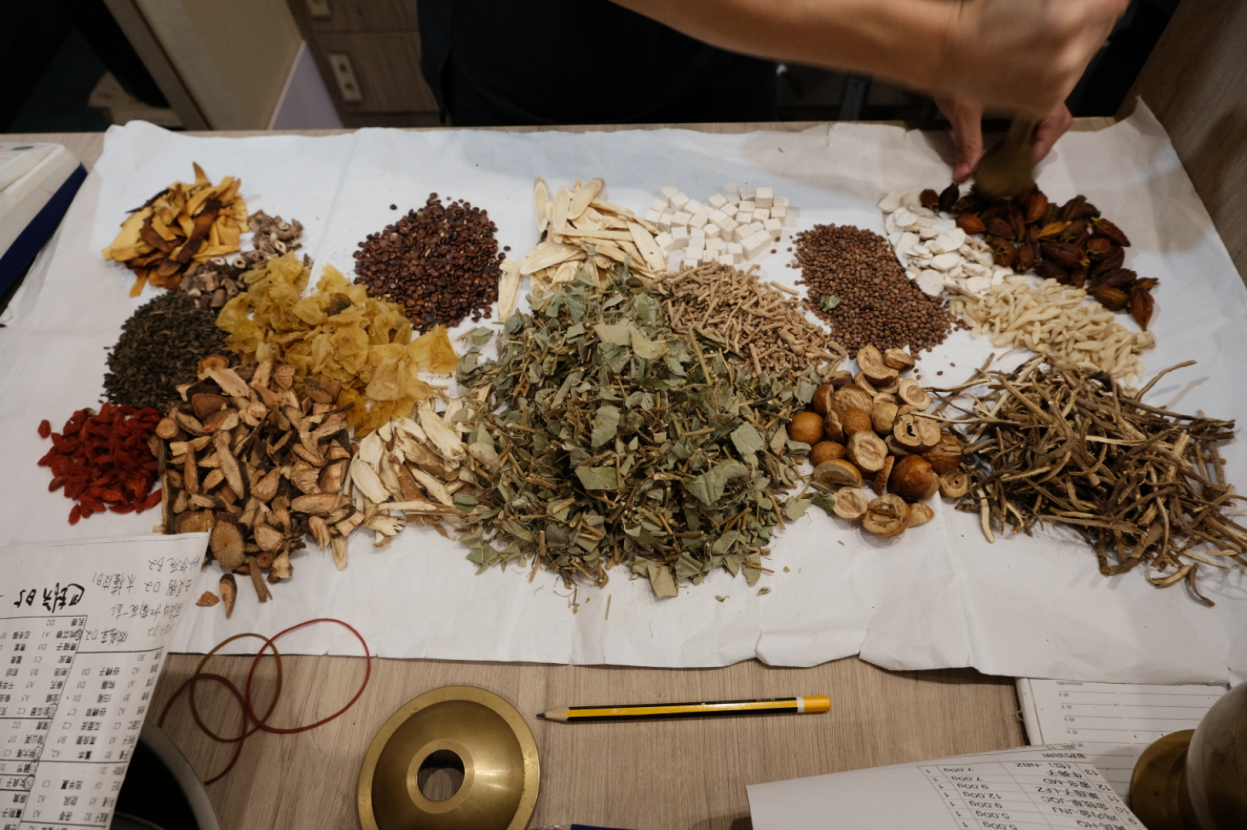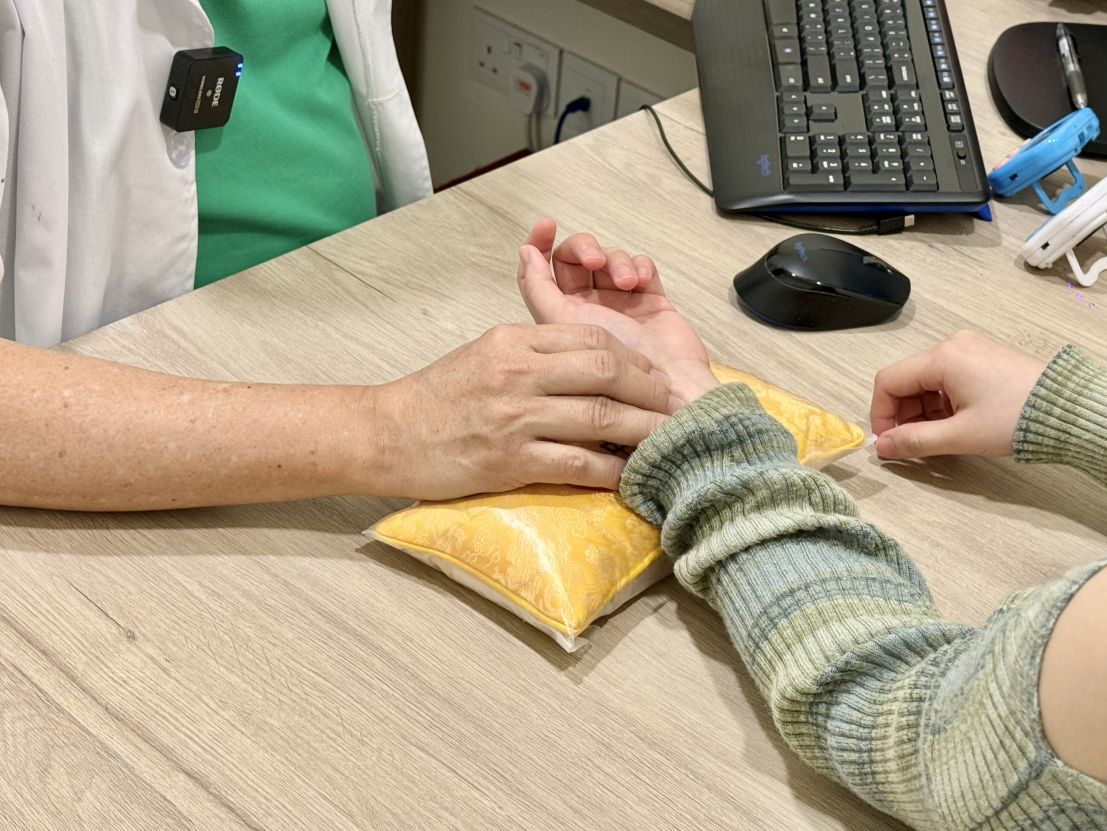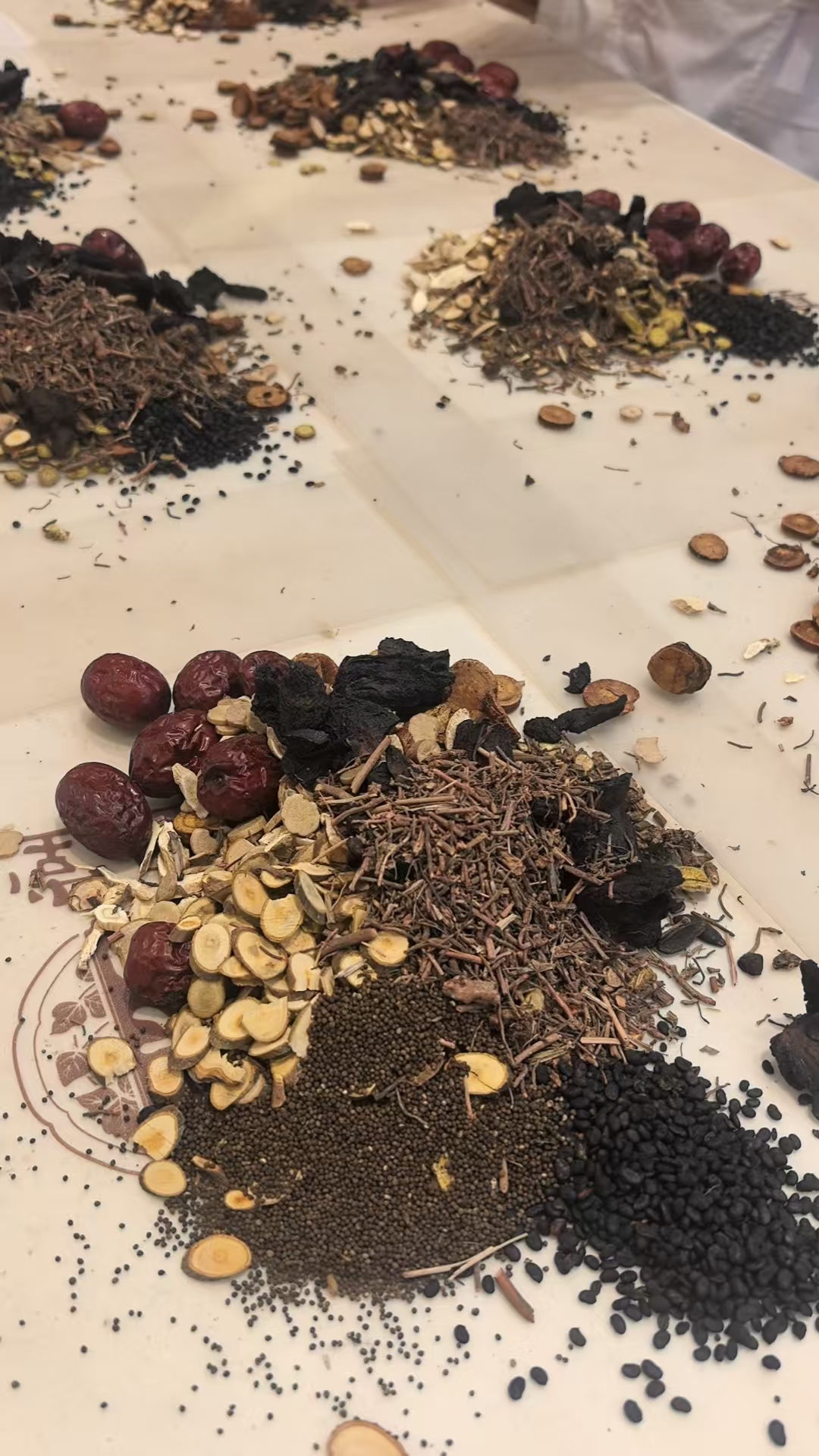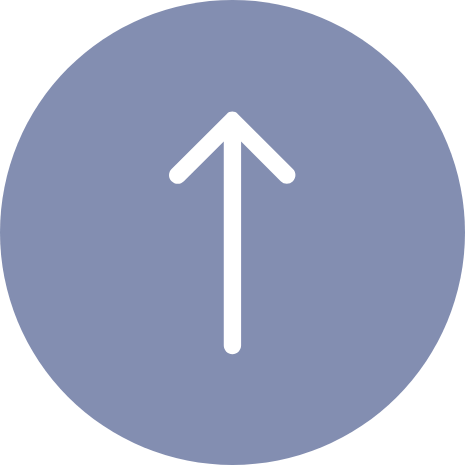Gua Sha is guided by the theory of meridians and acupoints in Traditional Chinese Medicine (TCM). Using specially designed tools and specific techniques, a medium is applied to repeatedly scrape and rub the skin's surface, causing localized redness, millet-like rashes, or dark red petechiae known as "Sha." This process promotes blood circulation and releases Sha.
Gua Sha is a common therapeutic method in TCM, primarily offering benefits such as promoting blood circulation and resolving stasis, expelling pathogens and toxins, clearing heat and relieving external symptoms, easing spasms and pain, and balancing yin and yang. Clinically, it can assist in treating conditions like cervical spondylosis, colds, obesity, and mammary gland hyperplasia.
1. Promotes Blood Circulation and Resolves Stasis: Gua Sha stimulates muscle contraction, accelerates blood flow, and enhances metabolism, thereby speeding up the absorption and dissipation of localized edema and hematomas. It is commonly used in clinical practice to alleviate symptoms of cervical spondylosis, frozen shoulder, lumbar disc herniation, and similar conditions.
2. Eliminating Pathogens and Detoxification: Gua sha can unblock meridians, regulate qi and blood, and enhance endocrine regulatory functions, thereby promoting the expulsion of dampness and toxins. Clinically, it can be used to improve facial skin condition and assist in managing simple obesity.
3. Clearing Heat and Relieving Exterior Syndromes: Gua sha applied to specific acupoints or along meridians can also dispel wind-cold, disperse wind-heat, and other effects. Clinically, it is used to alleviate conditions such as colds and heatstroke.
4. Relieving Spasms and Pain: Traditional Chinese Medicine holds that pain often results from qi and blood deficiency or meridian blockages. Gua sha can regulate qi, activate blood circulation, and promote meridian unblocking, thereby achieving the effect of relieving spasms and pain. It can be used to reduce discomfort caused by conditions like mammary gland hyperplasia, mastitis, and stiff neck.
5. Balancing Yin and Yang: Specific techniques and directions of Gua sha can harmonize yin and yang, thereby improving organ function and addressing sleep disorders.
6. Other Effects: Gua sha also has the effect of strengthening the spleen and replenishing qi. Patients with various diseases can consult the Traditional Chinese Medicine department to determine whether they can undergo Gua sha therapy or health maintenance.

